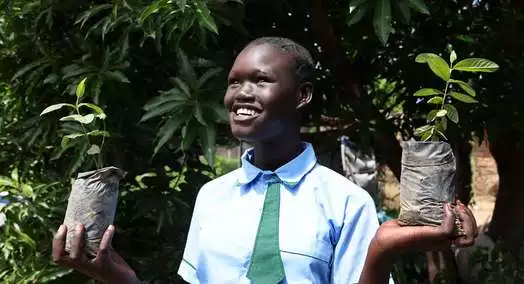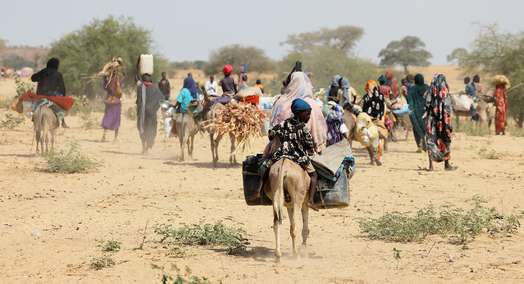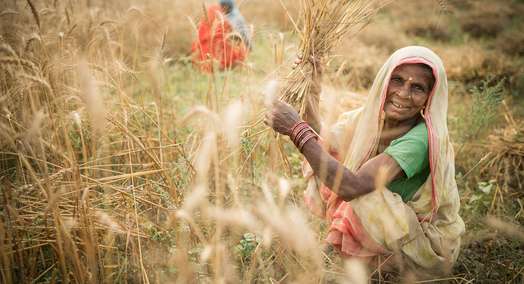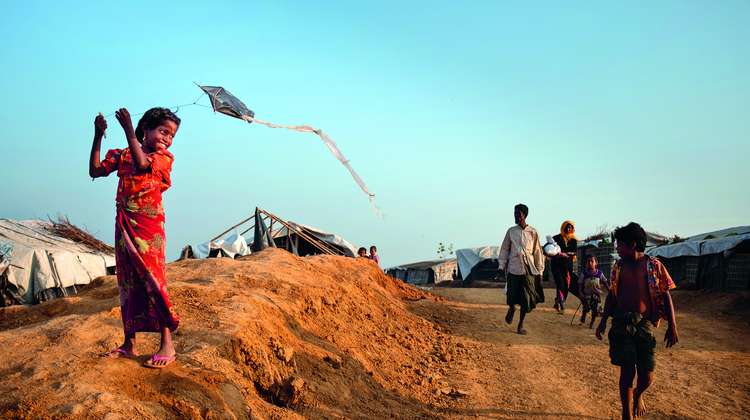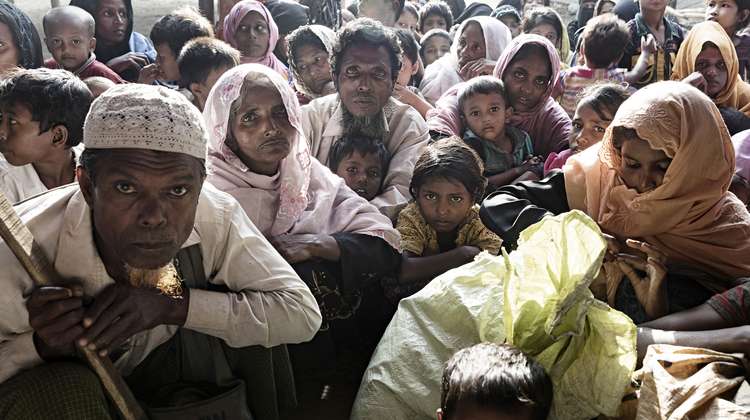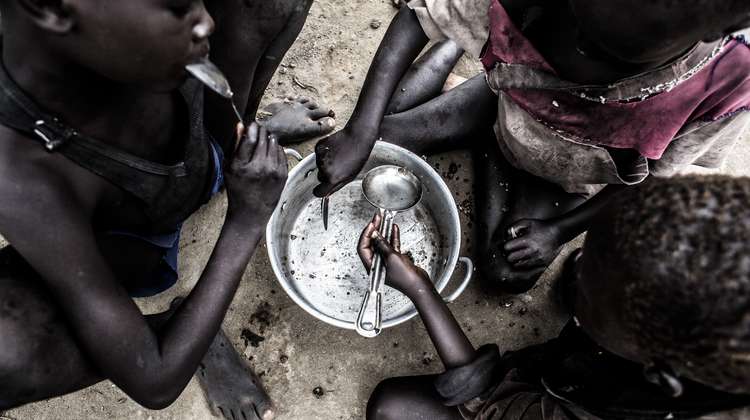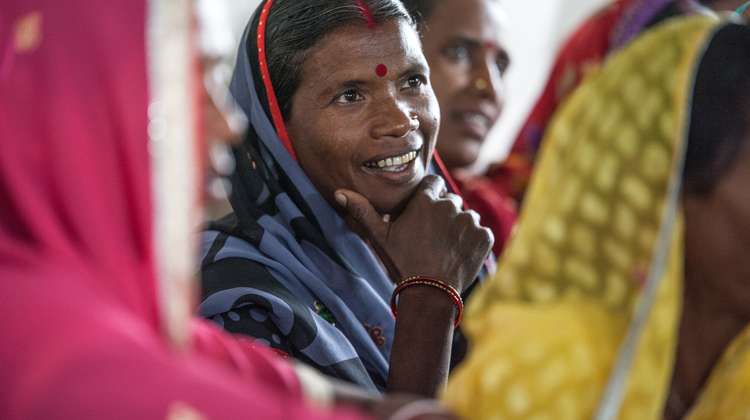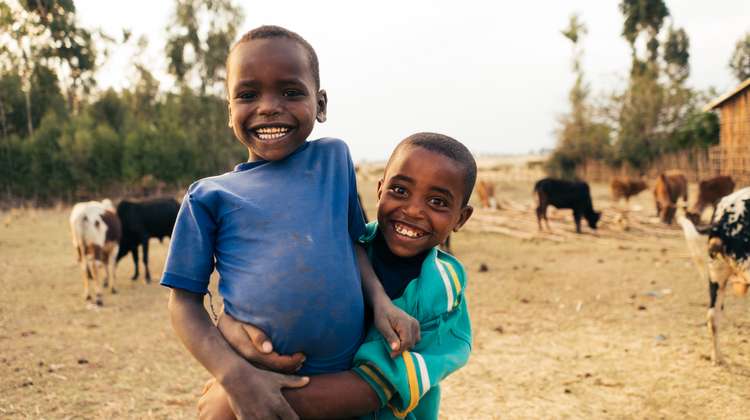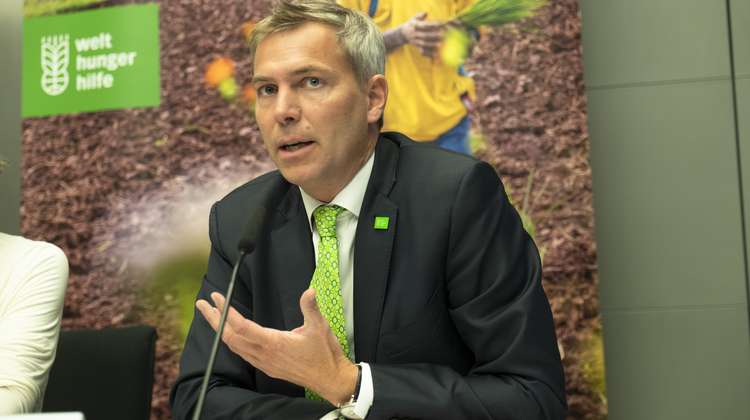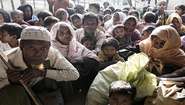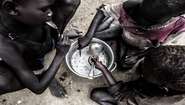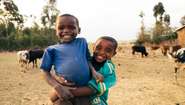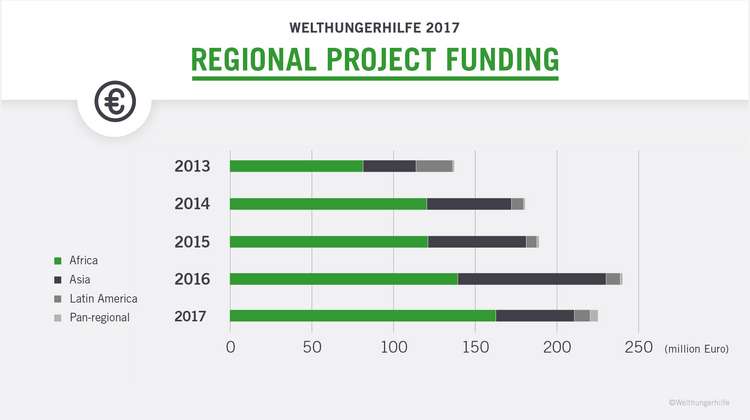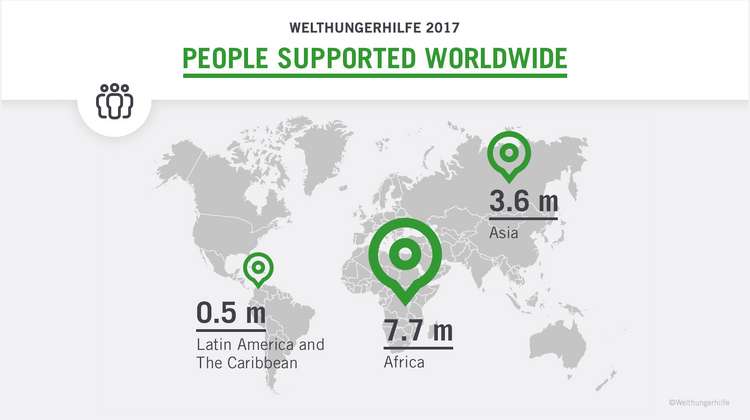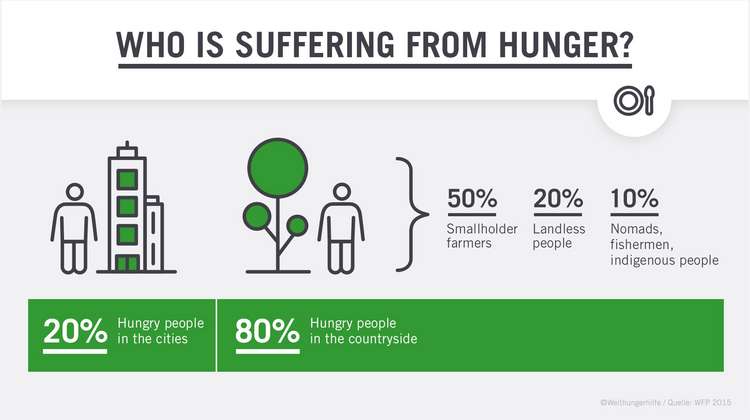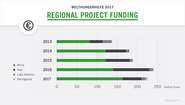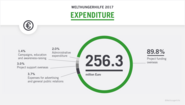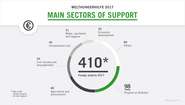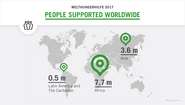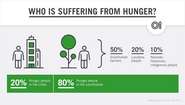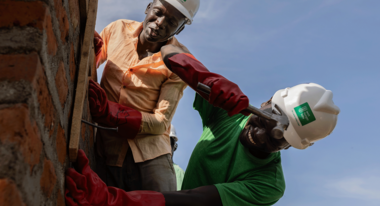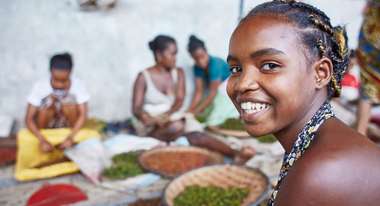Welthungerhilfe presents 2017 Annual Report
War and rising refugee numbers threaten successes of development assistance.
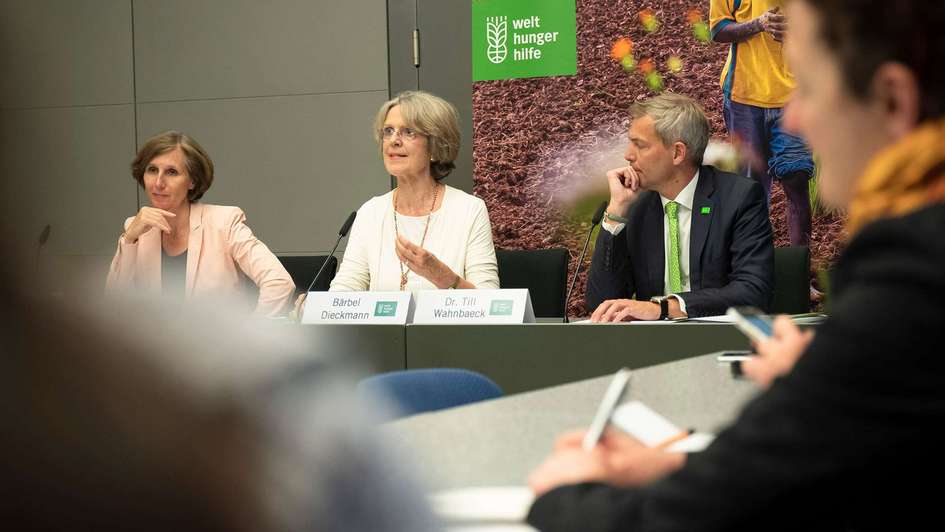
Bonn/Berlin, 19/06/2018 – In 2017, Welthungerhilfe's work was once again characterized by humanitarian crises and the effects of violent conflicts. Rising refugee numbers throughout the world are leaving more and more people in need of support, especially in the Global South. More than 80% of all refugees live in developing countries or emerging economies. Nonetheless, expectations are growing in Europe that development cooperation will delay this trend. “The majority of all refugees are fleeing war, violence, and persecution. Development cooperation cannot resolve these causes on its own. It must therefore not be misused as a defence against refugees. Only political solutions will ensure that people remain in their home countries”, says Bärbel Dieckmann, president of Welthungerhilfe.
In 2017, Welthungerhilfe had access to a total of EUR 263 million for the fight against hunger. This is one of the largest budgets in its history. Donation revenue amounted to EUR 63.8 million. Its institutional donors provided the second-highest grant amount for project work to date at EUR 194.4 million. The German federal government contributed 45% overall, and the largest single donation came from the World Food Programme at EUR 59 million. South Sudan, Liberia, and Syria/Turkey received the most project funding.
Current public discourse is neglecting the demonstrable successes of development cooperation. Figures in all important areas such as hunger, child mortality, and poverty have improved significantly in the past decades. “For the first time in history, humanity is in a position to end hunger. However, negative political framework conditions and climate change are placing these successes in jeopardy”, warns Dr. Till Wahnbaeck, CEO of Welthungerhilfe.
Welthungerhilfe is one of the largest private aid organisations in Germany and enjoys both political and religious independence. It is fighting for “Zero Hunger by 2030”. Since being founded in 1962, it has provided funding of EUR 3.53 billion for more than 8,900 overseas projects in 70 countries. Welthungerhilfe bases its efforts on the principle of empowering people to help themselves, which it implements with measures ranging from rapid disaster relief to rehabilitation to long-term development cooperation projects with national and international partner organisations.
Press Pictures for Download (High Resolution)
Notice of Use: Please note that the images may only be used in a Welthungerhilfe context and may not be passed on to third parties. Images must bear the credit copyright "Photographer"/Welthungerhilfe. No long-term archiving. Please delete images after use!

